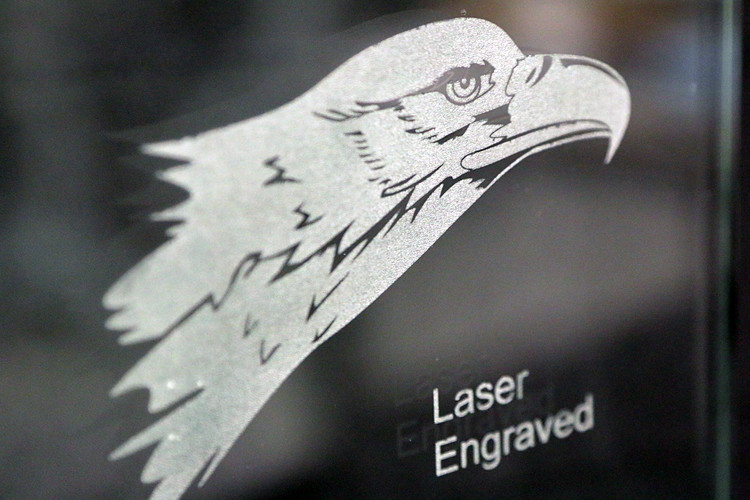8th May 2017
Sandcarving vs. Laser Engraving
When it comes to personalization methods and different ways to etch or engrave, there are a lot of options in the market to choose from. Outlined below are important aspects of comparing and contrasting sandcarving, a high-quality process, versus laser engraving, a mid-to-low end of the spectrum process.
Sandcarving
- Sandcarveable materials include; glass, crystal, granite, marble, stone, ceramic, wood, stainless steel, painted or powder coated metals, plastic, acrylic and any other brittle substrate
- Sandcarving removes the material which leaves a permanent etch
- Sandcarving creates a smooth finish unlike a rough cut path with laser engraving
- Sandcarving creates sharp and clean lines with super fine detail capabilities
- Deep carving capabilities translates to a higher value and ultimate WOW factor
- Sandcarving is a quick process, 10-15 times faster compared to laser engraving
- Multi-level, three-dimensional etching capabilities also known as stage carving
- Ability to sandcarve complex compound curves including wine glasses, glass spheres and more
- Frosting and photograph etching capabilities – unique only to sandcarving
- Project size is limitless! Sandcarve any size substrate, from small trophies to large architectural doors, walls or windows
Laser Engraving
- Laser engraveable materials include; plastic, acrylic, wood, glass, crystal, ceramic, stone and other brittle substrates
- Laser engraving is microfracturing the material or substrate by directing a high intensity beam of light generated from CO2 to the surface of the substrate
- Final etch shows lines from the raster motion of the laser
- Laser engraving scratches the design into the glass and has no depth
- Lasering creates shavings to remove when finished
- This is a slower etching process compared to sandcarving
- Lasering is not capable of multi-level etching
- Lasering is not capable of etching compound curves without a jig
- The size of the substrate is restricted to the size of the laser
